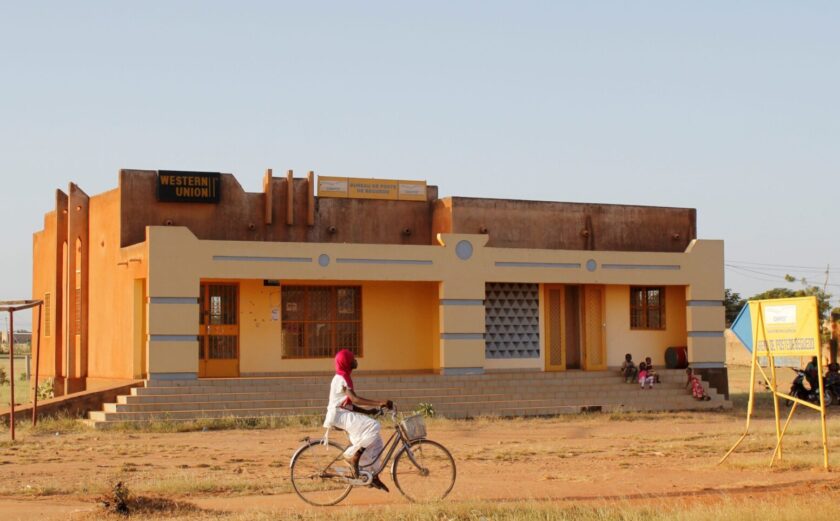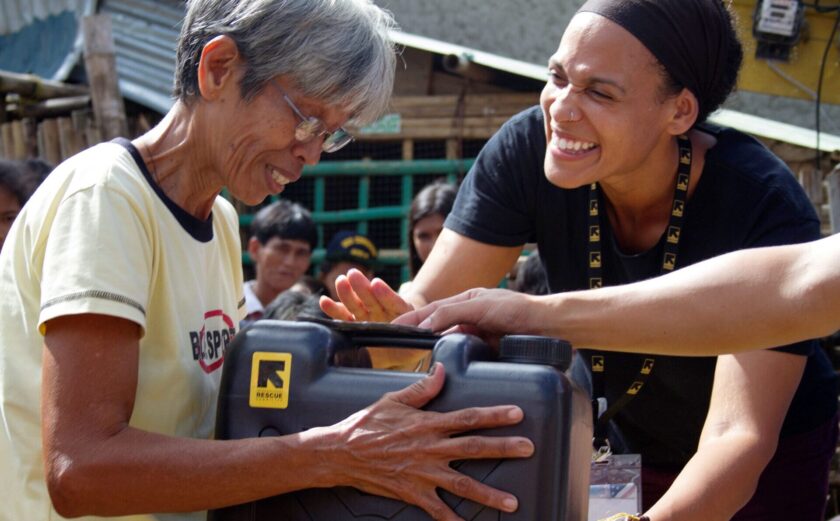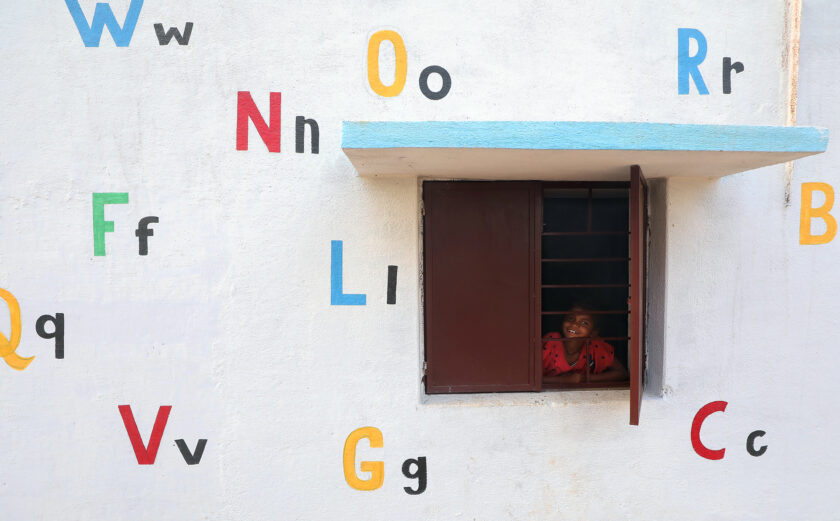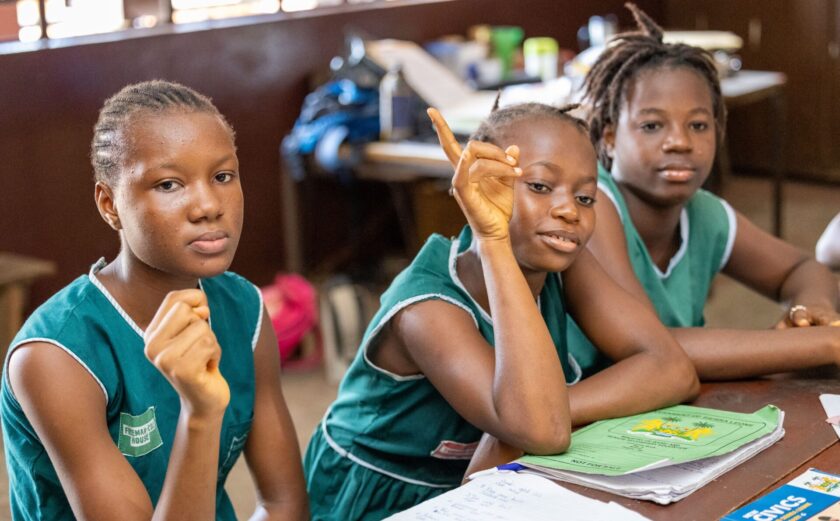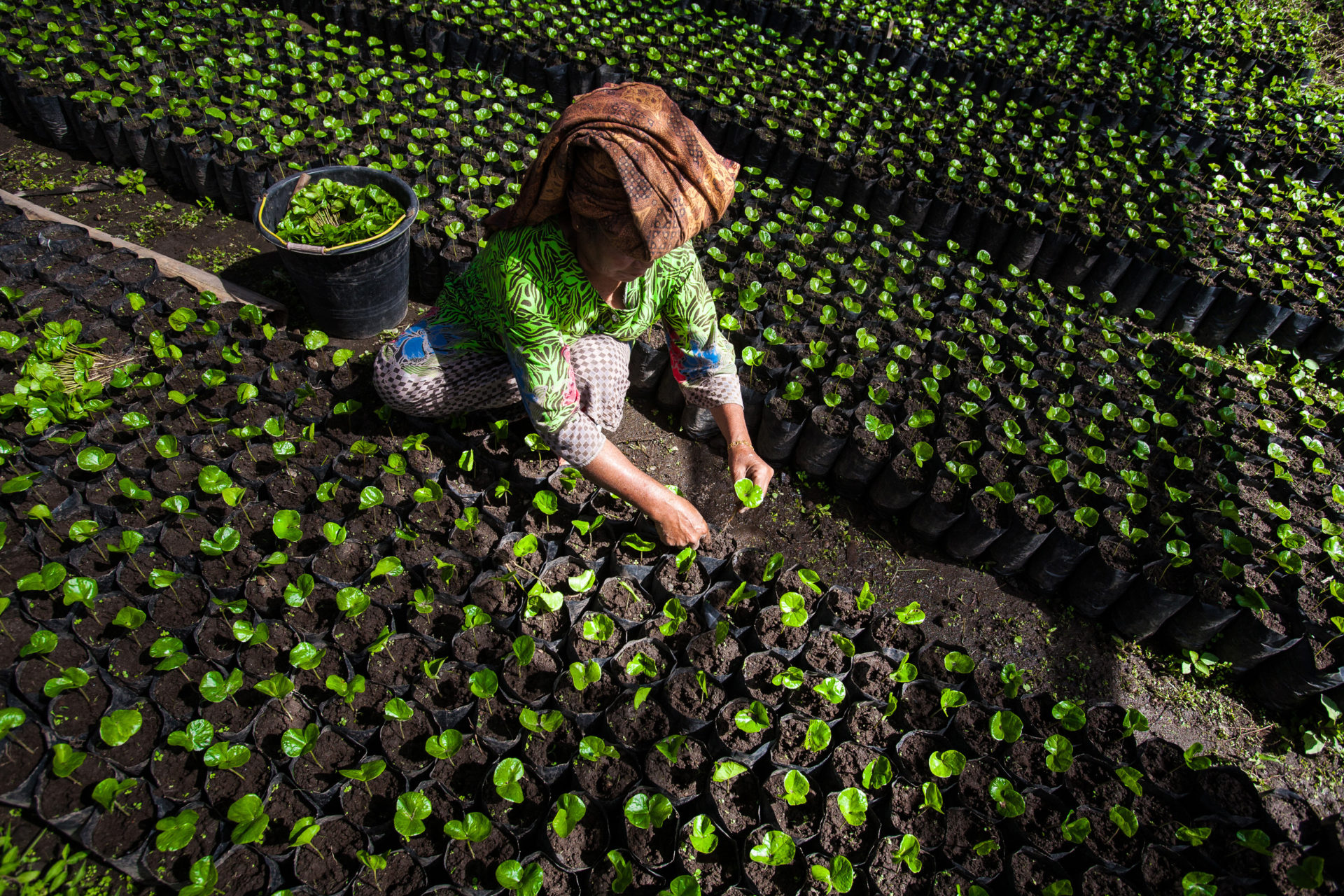
Crisis in the Coffeelands Shows It’s Time to Look at Program Work Differently
Many non-governmental organizations (NGOs) have worked with coffee farmers for years.
Projects are often partially funded by—and executed alongside—massive coffee corporations, with stories, photos, and videos held up as proof of concept in their marketing materials. However, considering the coffee sector today, can we honestly say that these projects are the most beneficial approach for farmers?
Supply chain projects in developing countries draw millions of dollars in funding. Numbers this sizeable sound compelling, but often translate to very little funding per family. For example, if a large coffee roaster gives $3 million for a sustainability project targeting 500,000 families, that equates to only $6 per family.
It’s better than nothing, but only just.
For a family of five, it’s a little more than a dollar per person. The crucial point here is that these projects aren’t fundamentally changing the market systems that perpetuate poverty.
The development community is growing increasingly concerned about the situation in coffee-producing countries. However, too many of those who work at the intersection of development and coffee are supporting projects that completely ignore the core issue: low pricing. Concern for coffee farmers must translate into concrete action that secures them a sustainable, livable income from their coffee.
The Intercontinental Commodity Exchange currently sets coffee prices around the world. As the global coffee market shifted, it became massively detached from producers’ realities. In turn, traditional development interventions have become similarly disconnected. While NGO and coffee company projects may have good intentions, it’s time to face the facts. Productivity won’t surmount supply and demand imbalances. Quality doesn’t always translate into profitability. Agricultural, enterprise management, and gender equity trainings won’t overcome long-term market downturns. Diversification doesn’t compensate farmers for impossibly low pay. By promoting these as the sole solutions to the crisis in coffee, we become complicit in a system that traps farmers in poverty.
Coffee prices have been in decline for nearly five years, essentially staying at or below $1/lb for the past 12 months. With prices currently at one-third of 2011’s high, smallholder coffee farmers are financially worse off today than they were almost a decade ago—that’s in spite of yield, quality, enterprise, gender, and other improvements made in the same period.
While development work may prevent farmers from falling off an economic cliff, it isn’t moving them forward. Years of effort and millions of dollars spent by governments, companies, and nonprofits have failed to ensure fair and dignified pricing arrangements between farmers and roasters. Aid must communicate with trade, interventions with investment, and sustainability with procurement. Market systems development is not a successful strategy unless the market system starts to look different.
Businesses would never consider 1-2% profit margins successful, let alone breakeven or negative margins. Employees would not celebrate a salary that requires tripling their workload and necessitates multiple additional income streams, while still falling short of the poverty line. As development organizations, we must not promote a standard for others that we would not accept ourselves.
Effectively supporting our producer partners requires doing things differently. In the case of coffee, let’s acknowledge prices as both the problem and the most effective solution to this crisis. And let’s examine how we can make fair pricing more central to our work.
Starting today, here’s what we can do:
- Evaluate our organizations’ corporate partnerships and programs with increased rigor.
- Scrutinize material outcomes, not just investment intentions.
- Re-think business as usual—not only from an organizational standpoint, but our assumptions and operations as well.
- Push for coffee pricing reform.
We have an opportunity to change the futures of millions of coffee farming families around the world. So let’s change the pricing system, rather than merely doing the best we can from within it.
